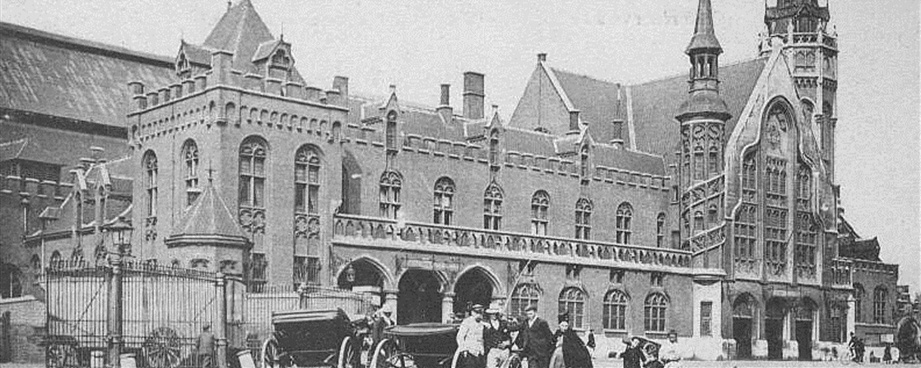A Brief History of Bruges

Bruges (Dutch: Brugge) is a town in Flanders, the northern part of Belgium. Relatively cosmopolitan and bourgeois given its compact size, it is one of the best preserved pre-motorised cities in Europe and offers the kind of charms rarely available elsewhere. Bruges is a postcard perfect stop on any tour of Europe.
The history of Bruges is one of rise, fall and rise again. In the 12th century, Bruges gained city status, but soon after the Zwin started to silt up. Bruges adapted by creating outports in Damme and Sluis; simultaneously, land transport became more and more prevalent. Traders from all over the world continued to flock to the city to sell their wares and to buy internationally-acclaimed Flemish cloth, which was produced in various cities, including nearby Ghent.
In the 14th century, Bruges developed into the warehouse of the North-European Hanseatic cities. Several countries, such as Italy, Germany and Spain, had their own representation in Bruges, making it a truly European center where different languages could be heard daily and where exotic products could be found.
Bruges' wealth started to decline in the 15th century, when the larger harbour of Antwerp came to dominate and the cloth industry fell into decline. Art and architecture continued to flourish, however, with the construction of splendid late-gothic buildings and churches, and the Flemish painting school (including Anthony Van Dyck and Hans Memling) producing great works.
By the end of the 16th century, Bruges no longer held any great power and by the middle of the 1800s, Bruges was the poorest city in Belgium. The 20th century, however, brought new life, when the city became an international tourist destination and Bruges’ medieval heritage turned out to be a new source of wealth for the 'Venice of the North'. The new harbour of Zeebrugge (10 miles from the city, at the Flemish Coast) brought new development and new industries to the region.